20 Everyday human behaviors that can confuse dogs
Trending Now
Bringing a dog into your life is incredibly rewarding, but it comes with a learning curve. Even experienced dog owners might not realize that some common habits or gestures can unintentionally confuse or unsettle their furry friends.
Keep reading to discover how everyday actions—like playing tug-of-war or wagging your finger—could be sending mixed messages to your pup.
Altering Our Scent
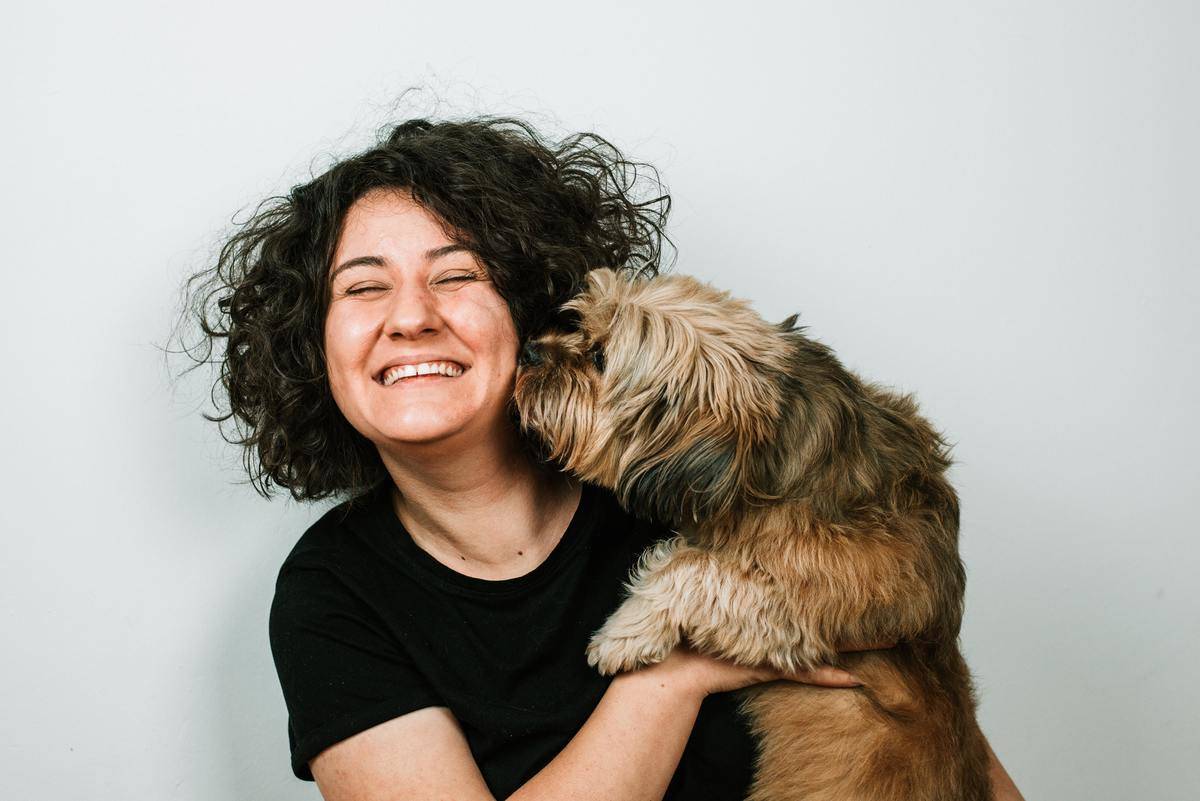
Dogs have an incredible sense of smell, so when they sniff you, they’re doing more than just recognizing your unique scent. After a walk or outing, you might see your dog eagerly pressing their nose against you.
That’s because they’re soaking up all the scents you’ve picked up from the outside world. The same goes for any new smells in the house—an unfamiliar perfume, soap, or laundry detergent can catch your dog off guard the first time they notice it.
Forgetting To Reward Good Behavior
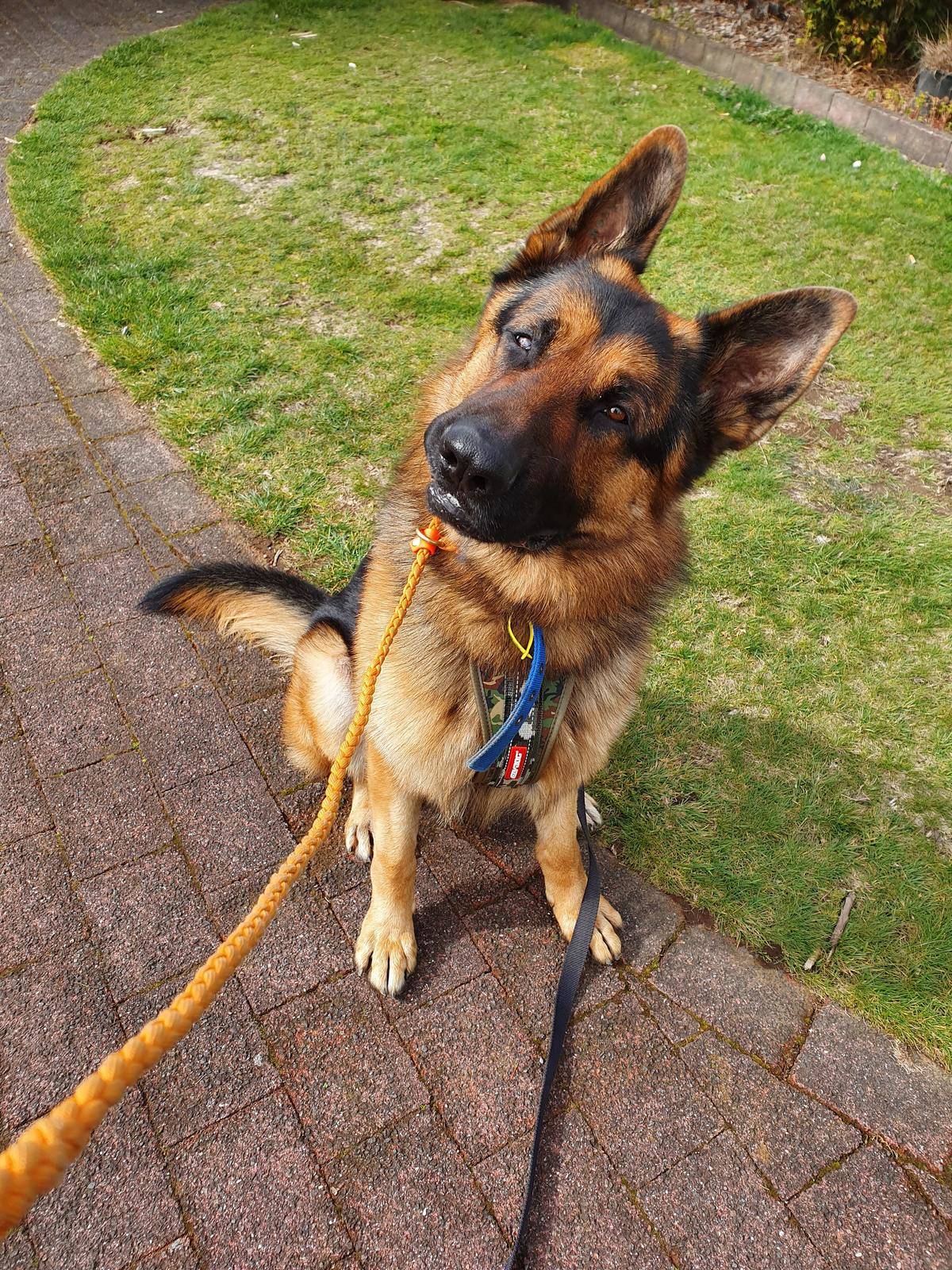
Dogs thrive on routine and quickly catch on to the idea that good behavior brings rewards. Given their loyal and eager-to-please nature, this is generally a positive dynamic.
However, if they don’t receive recognition for their good actions, dogs might start to “push back” by ignoring commands or acting out. This can cause frustration for both dog and owner, leading to a cycle of misunderstanding. Praising your dog’s good behavior lets them know their efforts matter and encourages more of the same.
Punishing A Mistake That Was Made Earlier In The Day
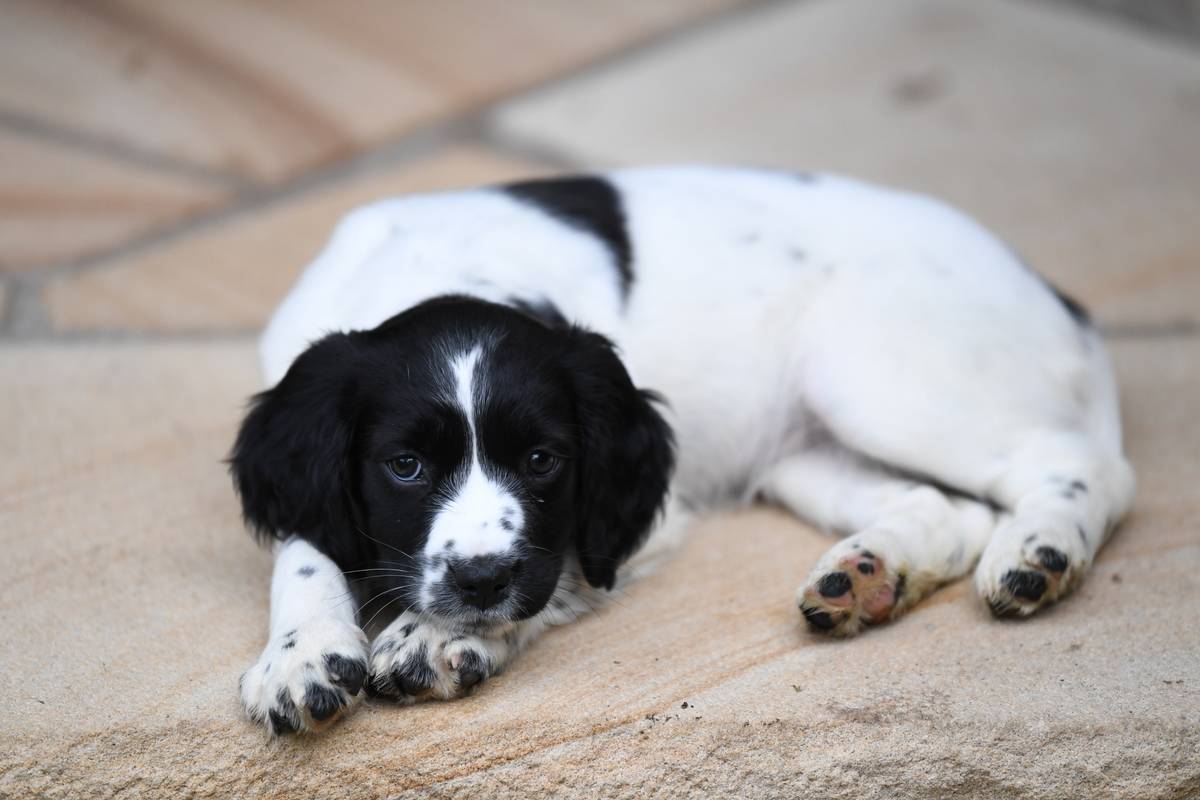
Walking in to discover your dog has made a mess can be really frustrating—but punishing them after the fact usually doesn’t solve the problem. Dogs can’t link your current anger to something they did hours earlier.
For instance, if your pup tore into the trash at 2 p.m. and you scold them at 6 p.m., they simply won’t get why you’re upset. A better approach is to focus on prevention—using barriers or guard rails—and only correcting them when you catch them in the act.
Staring At A Stranger Dog
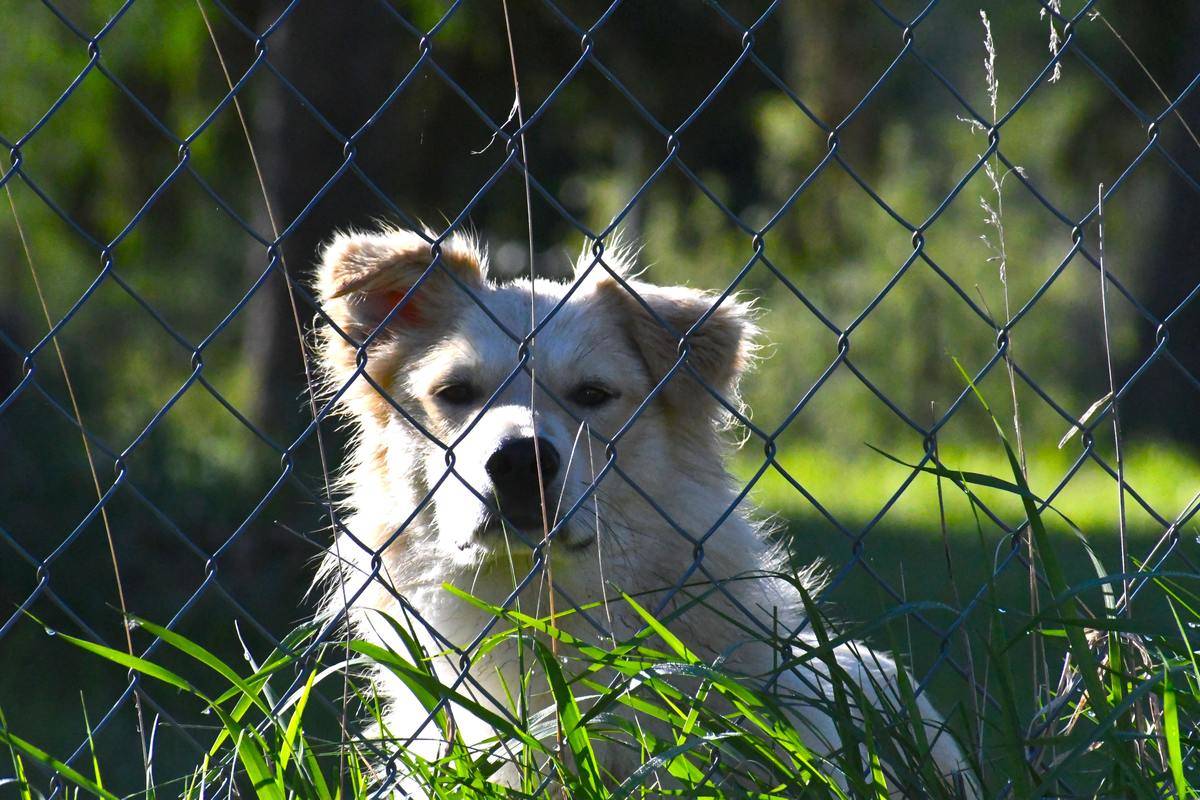
Making eye contact with a dog you know can feel like a sweet connection, but it’s a different story with unfamiliar dogs. For many canines, staring is a way to establish dominance.
If a stranger dog locks eyes with you and you hold the gaze too long, they might interpret it as a challenge. Avoiding direct eye contact helps prevent confrontation and lets the dog feel more at ease.
Giving A Treat At The Wrong Time
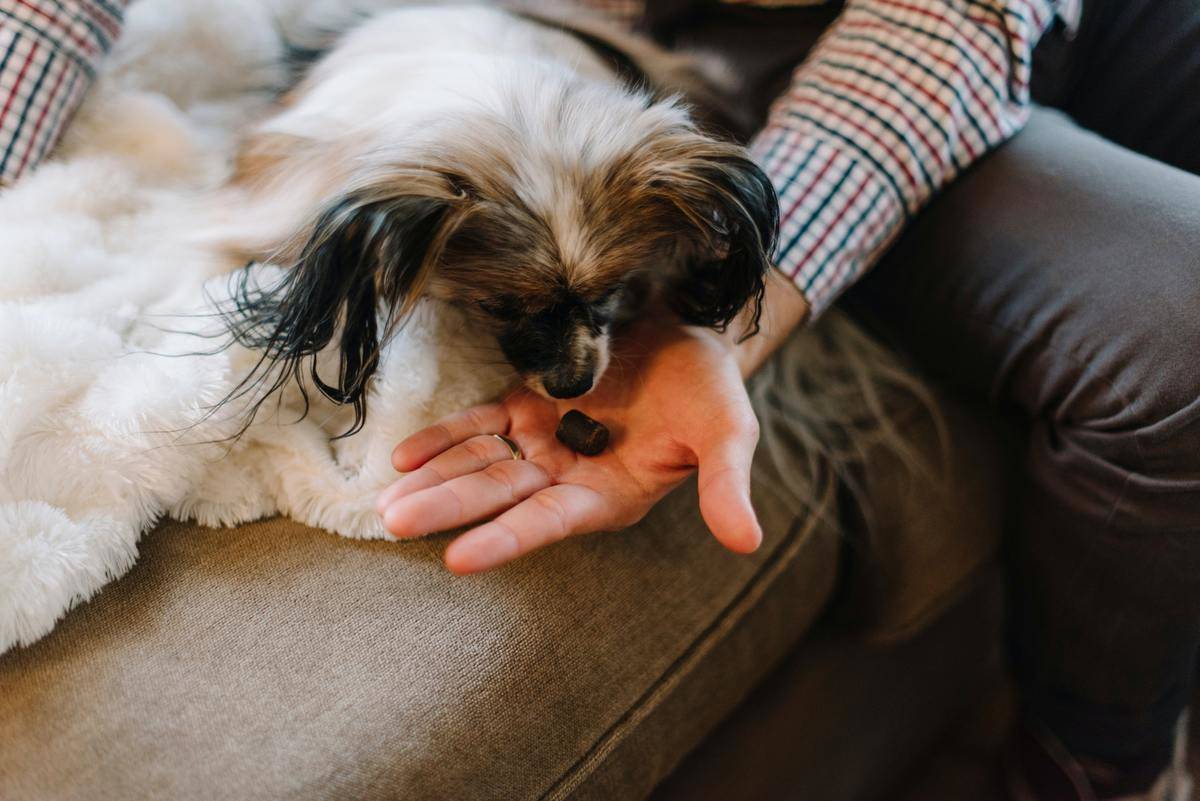
Treats are a favorite training tool because they reward good behavior—but timing makes all the difference.
Dog trainer Emma Bowdrey shared with Insider, “If you give a treat too early, the dog will just learn to hover. If you wait too long, they might try other behaviors to earn the treat.” To keep things clear, have your treat ready and give it right after your dog performs the desired action.
Playing Tug-Of-War
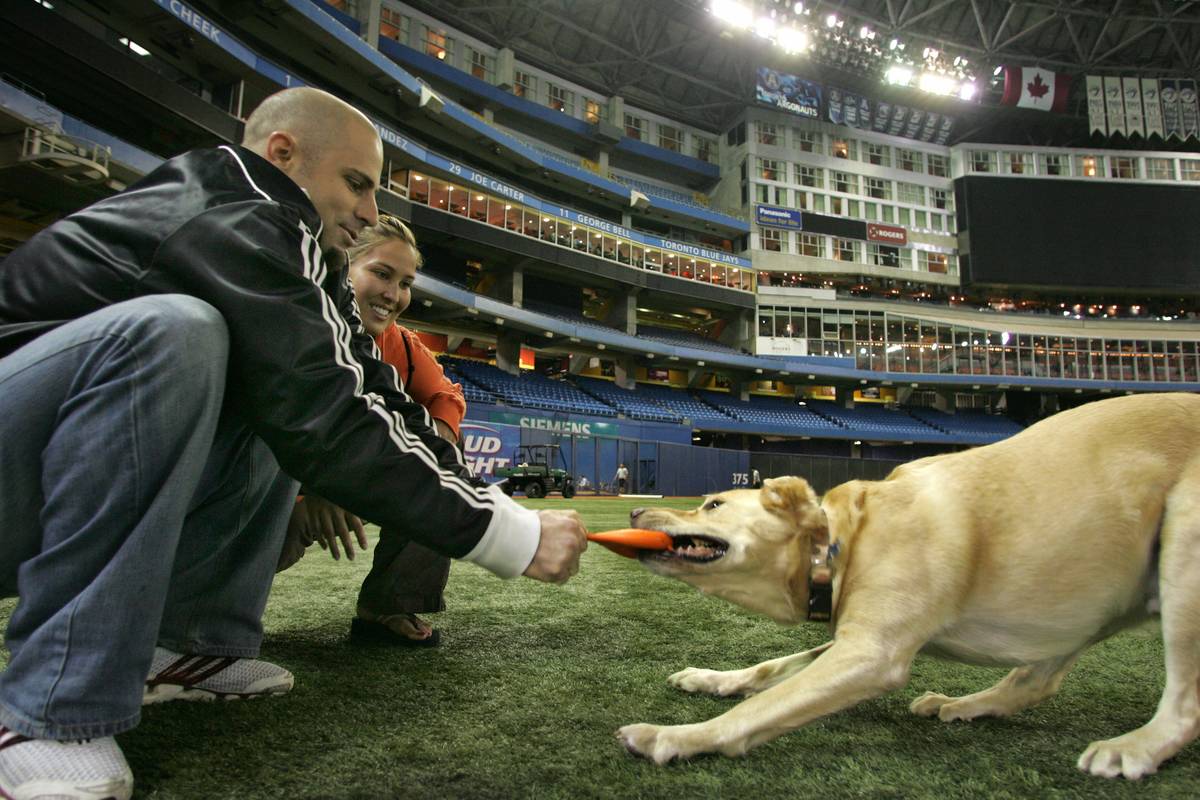
Playing tug-of-war with your dog can be tricky. For dogs that show dominant or aggressive traits, the game may cause overstimulation and encourage undesirable behavior. It can also confuse your pup into thinking it’s okay to tug on items like clothes or furniture.
If you choose to play, be sure to do it properly. Avoid pulling the rope up and down, which can strain your dog’s back. Instead, gently pull from side to side to keep the game enjoyable and safe.
Expecting The Dog To Know What Not To Eat
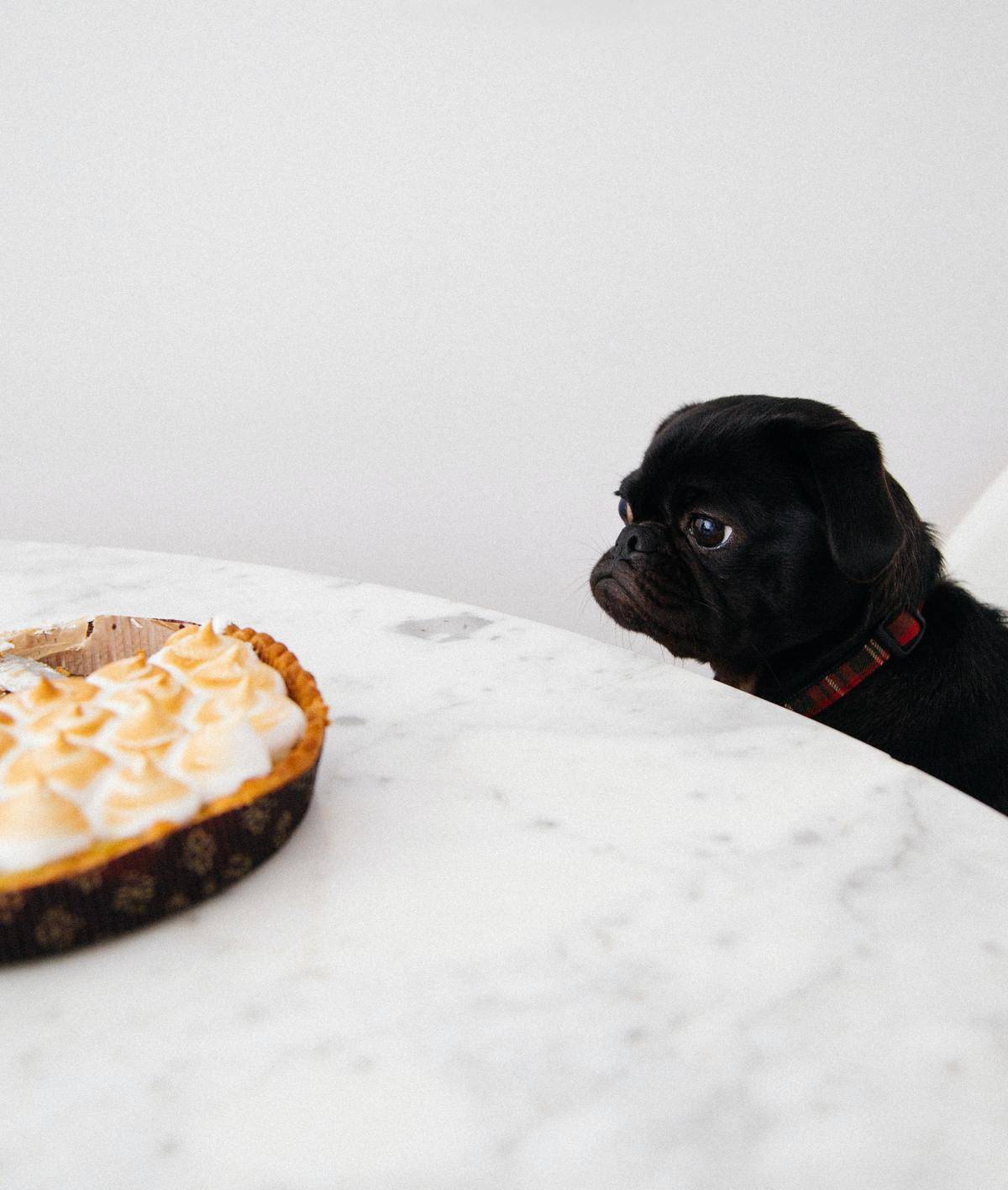
Because dogs don’t have human reasoning abilities, they don’t naturally know which foods are off-limits. Although it might seem strange when they rummage through the trash for leftovers, to them, this behavior is completely normal.
Driven by strong hunting instincts, dogs are wired to eat anything that smells appetizing. That’s why leash training during walks or runs is essential—to teach them not to jump on counters and snatch tempting treats like freshly baked desserts.
Using Different Words For The Same Command
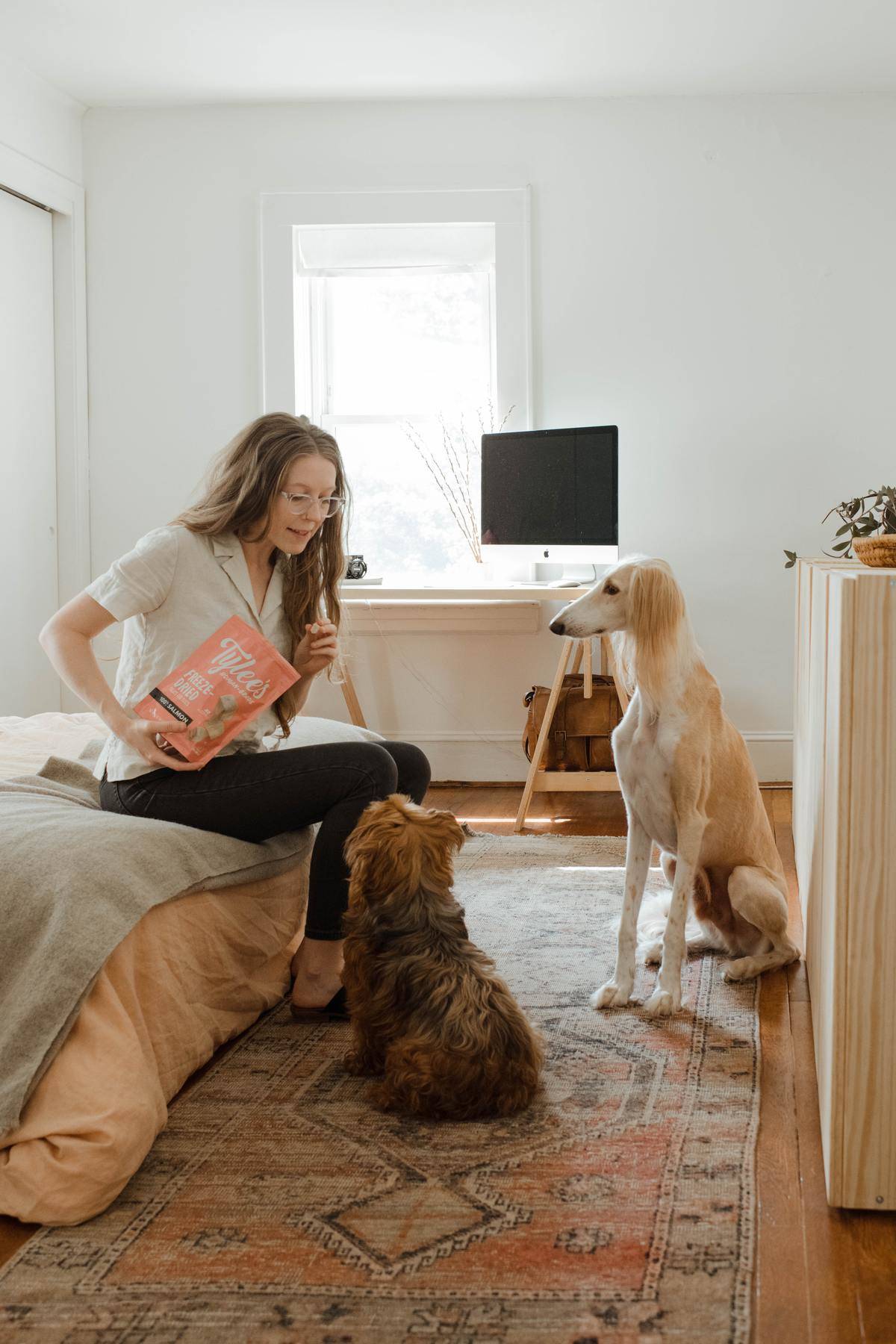
While dogs can learn words, their understanding of vocabulary isn’t advanced enough to grasp synonyms. This means using commands like “heel” one day and “come closer” the next can confuse them.
Your dog might not connect that both phrases mean the same thing. Inconsistent commands can also weaken their effectiveness. To avoid this, stick to clear, simple words that your dog can easily recognize and respond to consistently.
Not Sticking To The Rules

Once an owner sets a rule, it’s important to stick to it consistently. Dogs are creatures of habit, and even a single exception to a rule can confuse them.
Dogs are also very sensitive, so if you ignore something they do one day and then get upset about it the next, it can be especially confusing for them. Keeping the rules consistent helps the dog know what to expect, allowing them to follow the rules without feeling anxious or panicked.
Leaving The House
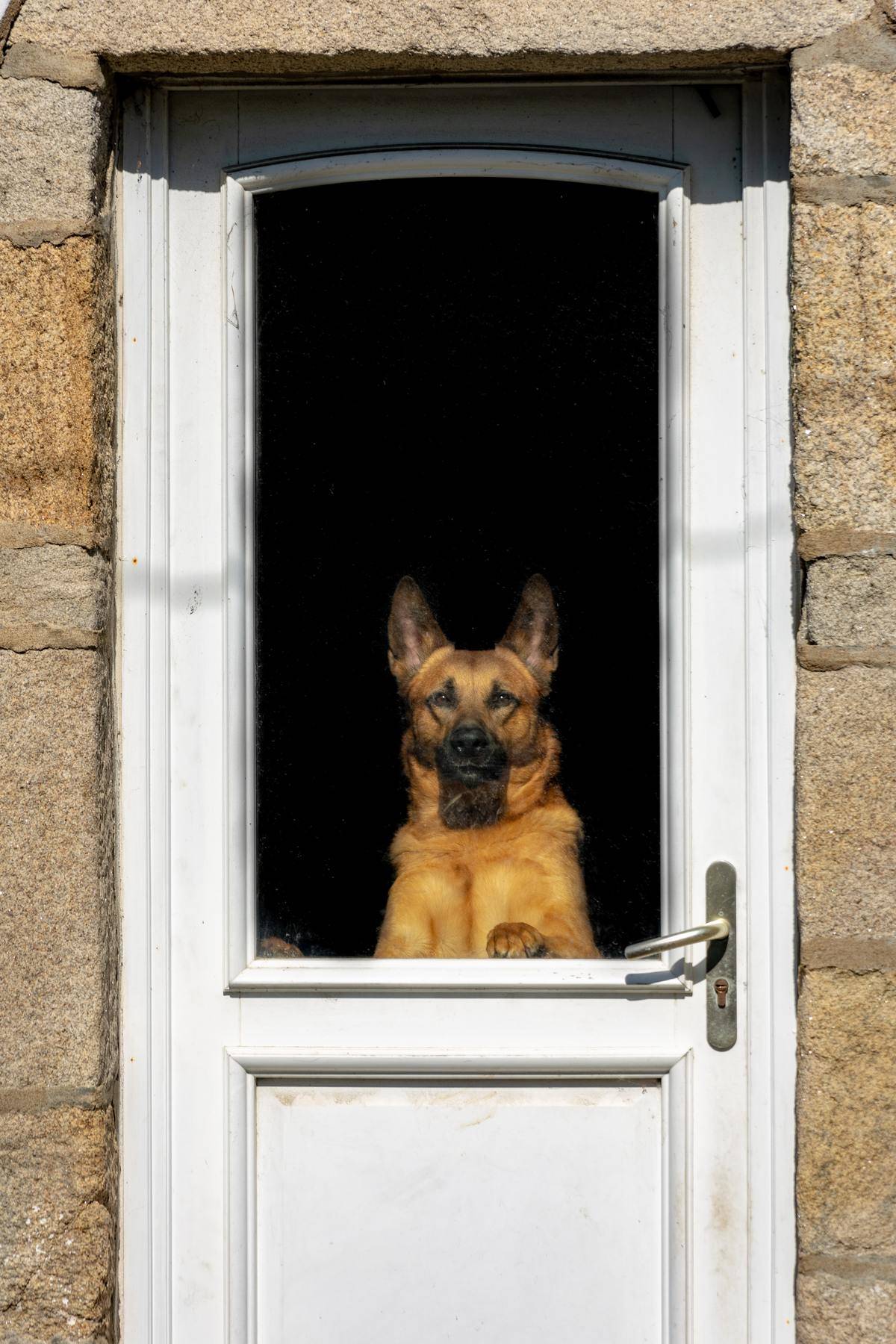
Dogs are social animals, especially breeds known for their friendly nature. Even pups that are shy around strangers often feel most secure when their owner is nearby. So, when you leave, it’s no surprise they can feel anxious or confused.
To help your dog get used to being alone, try leaving them for short periods at first and slowly increase the time. Leave them with a treat, some toys, and maybe a little white noise for comfort. Just be careful not to rush back the moment they bark or whine—doing so can unintentionally encourage the behavior.
Letting Puppies Knaw On Your Hand
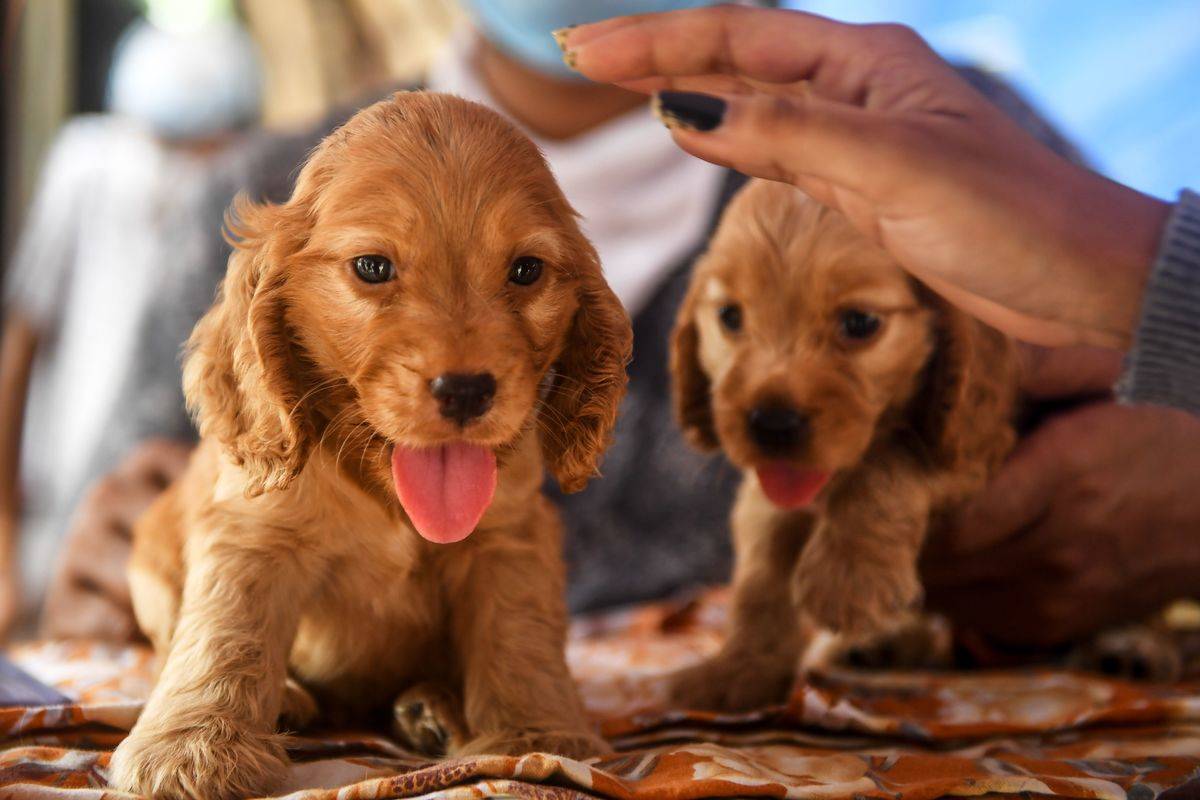
Puppies are naturally curious and tend to chew on just about everything, especially when they’re teething. While those tiny bites might seem cute or harmless at first, it’s important not to let them get used to gnawing on your hands.
Allowing a puppy to mouth people can lead to problems as they grow. What begins as playful nibbling can quickly turn into more forceful biting once they’re older and stronger. Teaching bite control early on is key to preventing future issues and ensuring safe, respectful play.
Picking Up Dogs From Behind
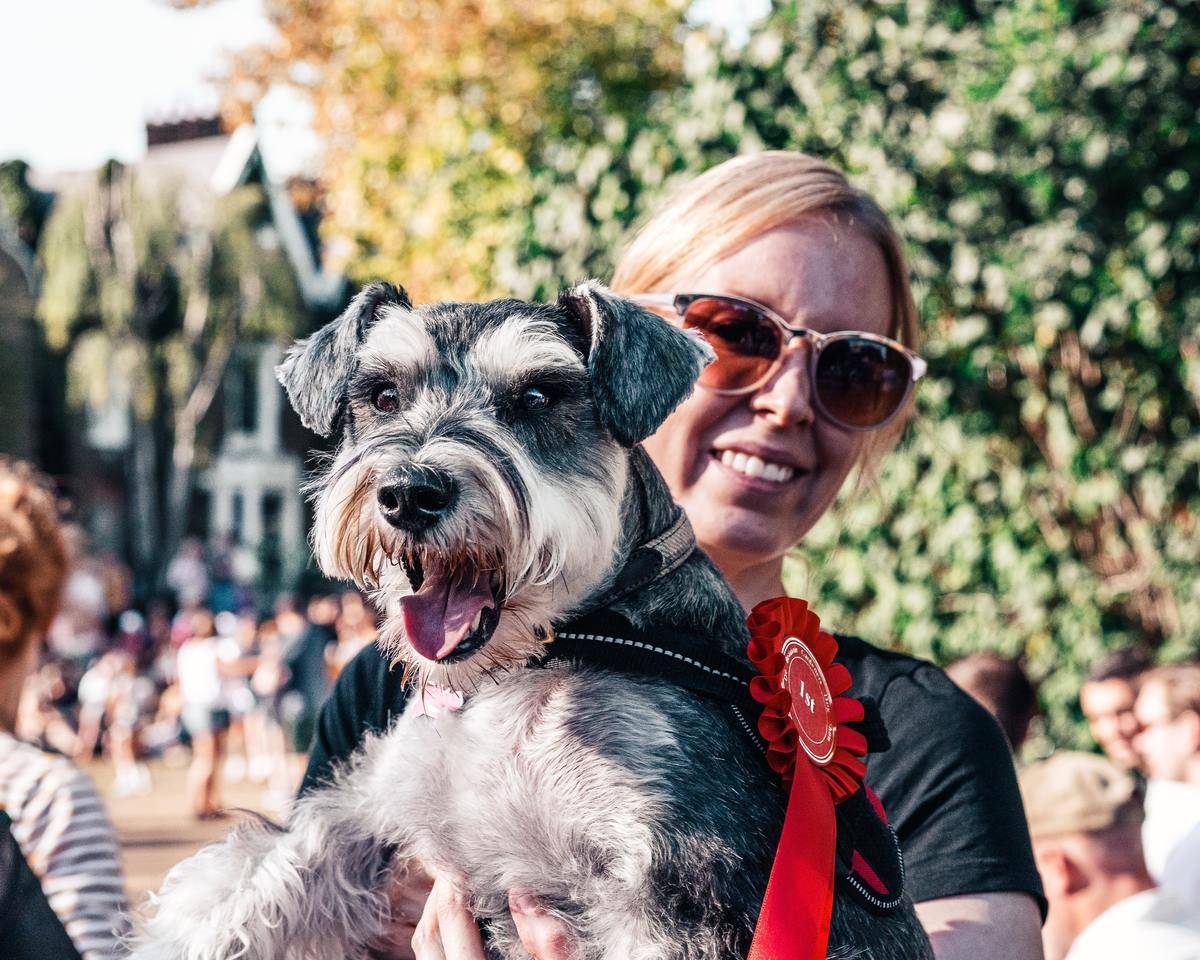
Imagine someone sneaking up and lifting you off your feet without warning — that’s how it feels for dogs when they’re suddenly picked up from behind. It can be startling and stressful, especially since they’re not in control of the situation.
To avoid causing anxiety, always make sure your dog sees you approaching and understands what’s about to happen. Smaller breeds, who are lifted more often, can be particularly sensitive to surprise handling. Give them a moment to feel secure before scooping them up.
Giving Your Dog A Confusing Name
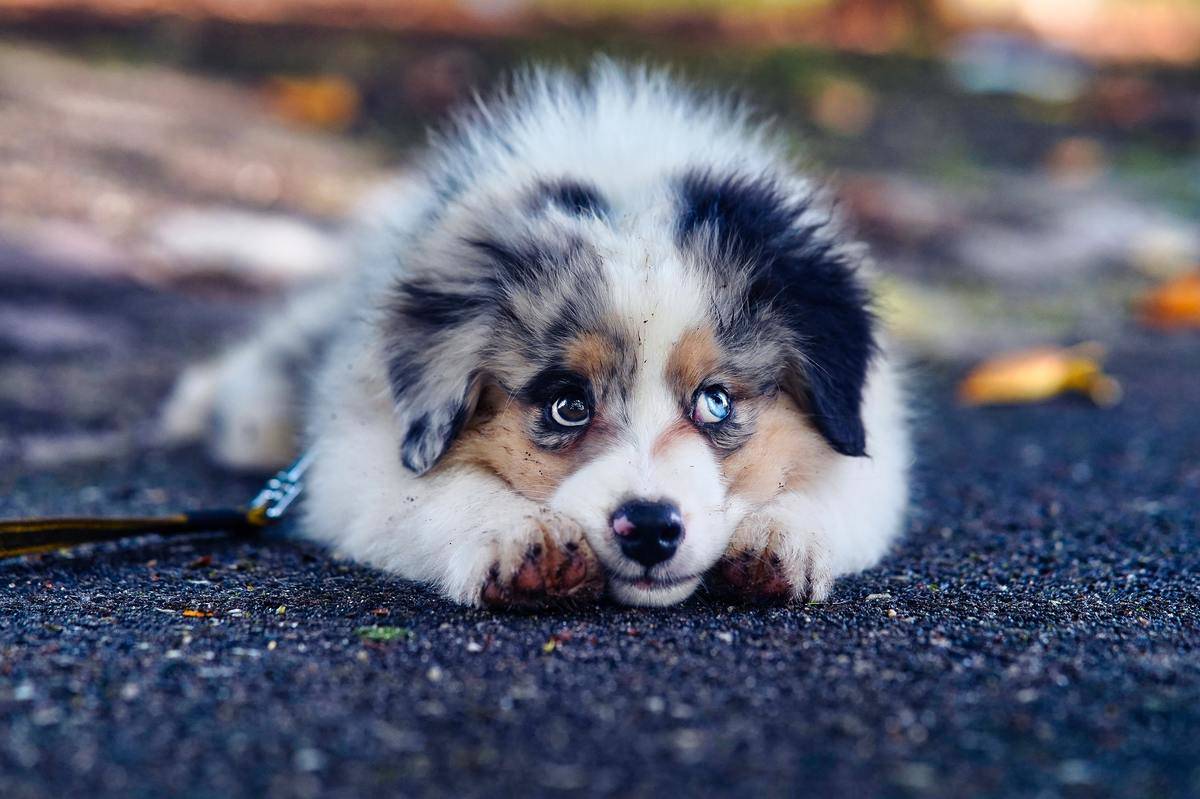
It can be fun to get creative with a dog name, but be mindful of ones that can easily be confusing to your furry friend. Those that rhyme with commands can become disorienting down the line.
For instance, the name Jay rhymes with “stay,” and can easily be misinterpreted, especially when called from a distance. It’s also a good idea to pick a name that has a distinct sound and starts with a hard consonant, such as “D,” “T,” or “K.”
Surrounding A Shy Dog With Other Canines
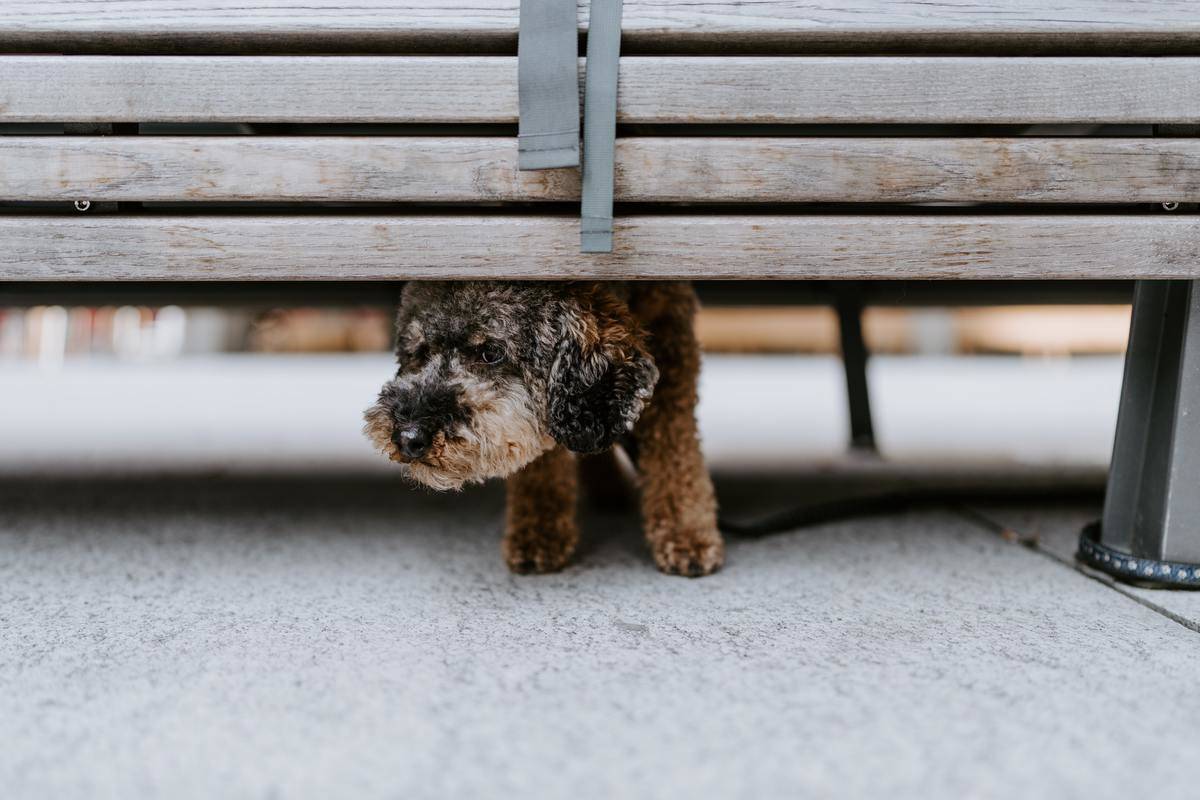
In many cases, socialization is an imperative part of puppy training so that the dog becomes comfortable in various situations. However, some dogs are more shy than others and can feel overwhelmed around other canines.
In this case, it’s important to desensitize them gradually. Surrounding a shy dog with other dogs can increase their fear and make them confused. Instead, expose them to another dog at a safe distance. Slowly increase the proximity and the number of canines over time.
Not Going For Enough Walks
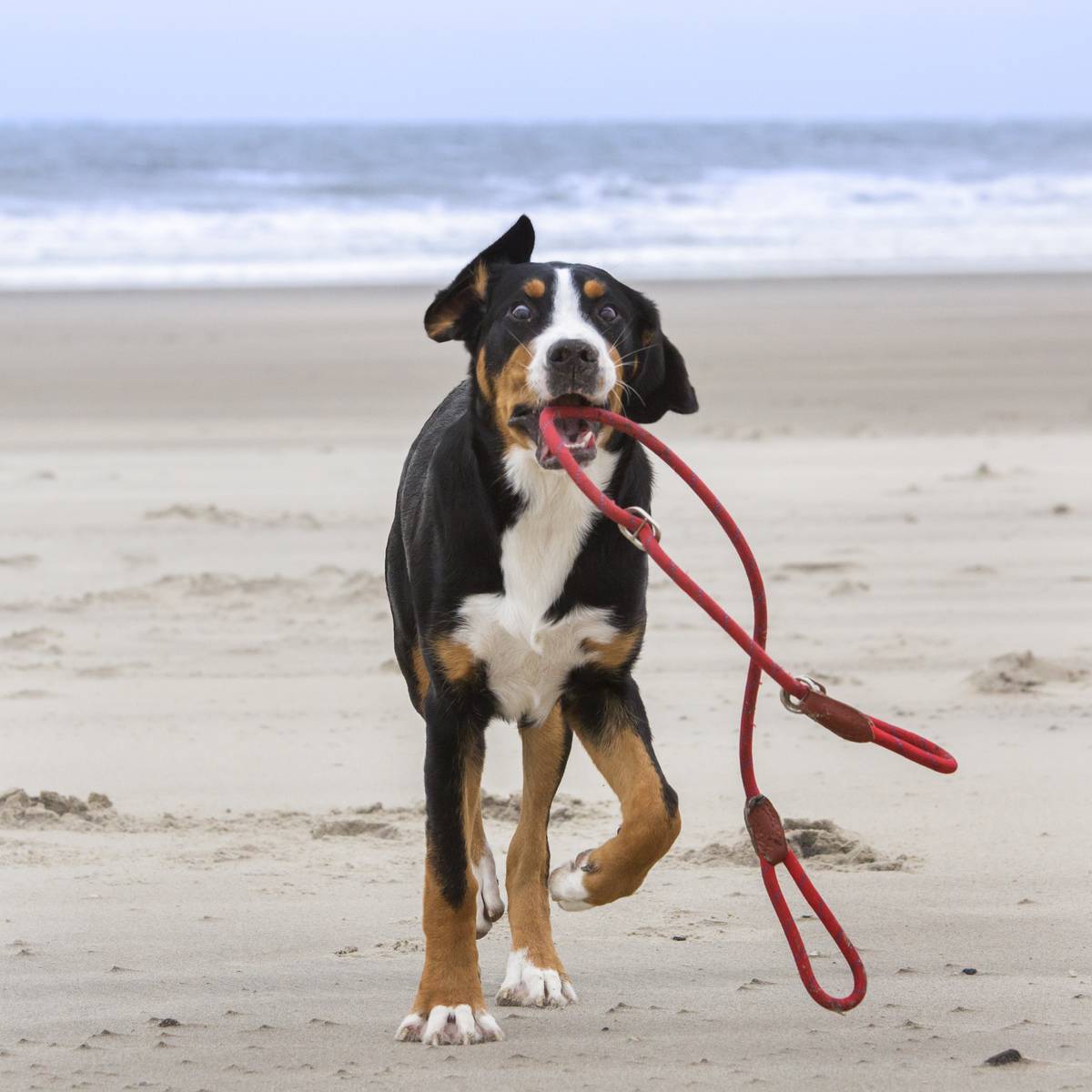
Walks aren’t just about giving your dog time to use the bathroom. Even they have backyard access, many canines still need a healthy dose of walks. These long strolls give dogs an opportunity to bask in new smells.
It also gives them some much-needed exercise so they aren’t overly stimulated in the house. Without enough walks, canines may exhibit restless behavior that could result in rules being broken. When the owner gets upset, the canine then becomes even more distressed.
Allowing Visitors Into The House
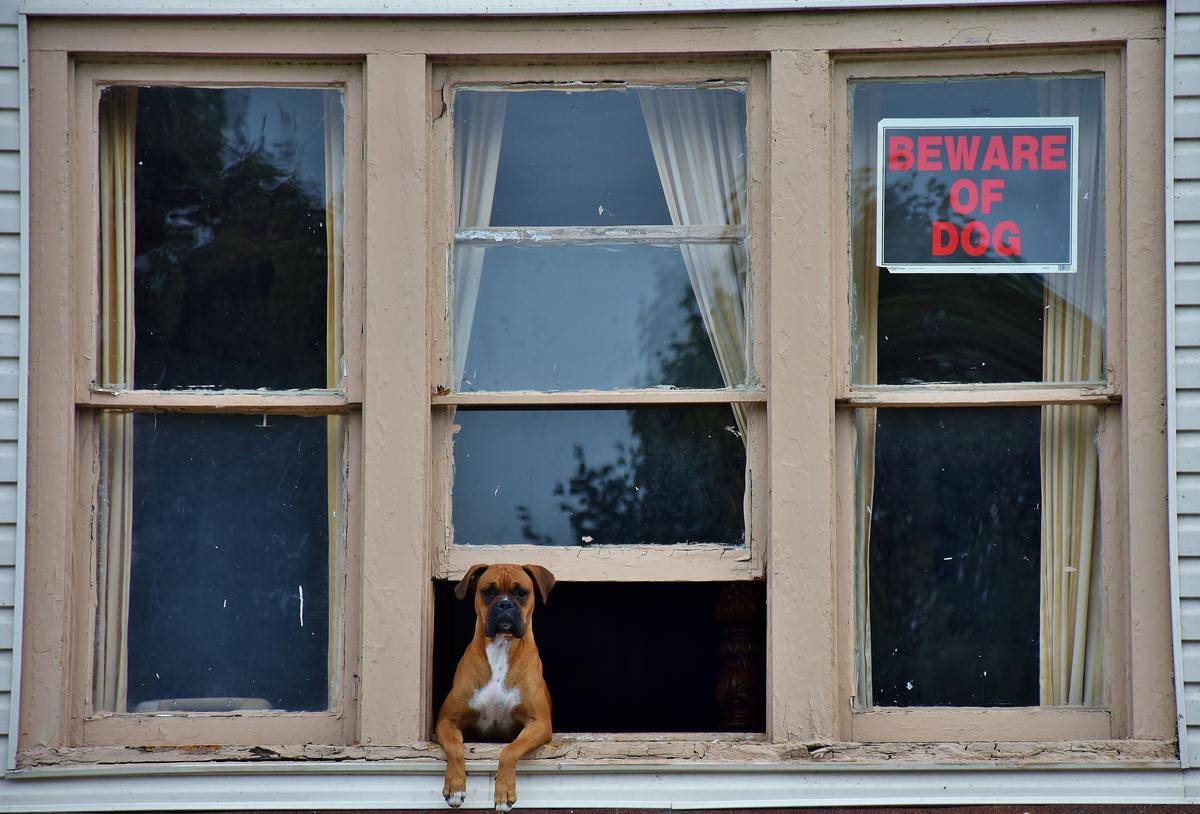
Dog’s aren’t used to sharing their territory with others outside of the pack. That’s why it can be very disorienting to them when someone they don’t know comes into the house.
This can be true when it comes to human or canine visitors. To a dog, the visitor is an intruder and could be a risk to the safety of the home. Early training and socialization should help dogs respond appropriately to being around others.
Petting Your Stressed Out Dog
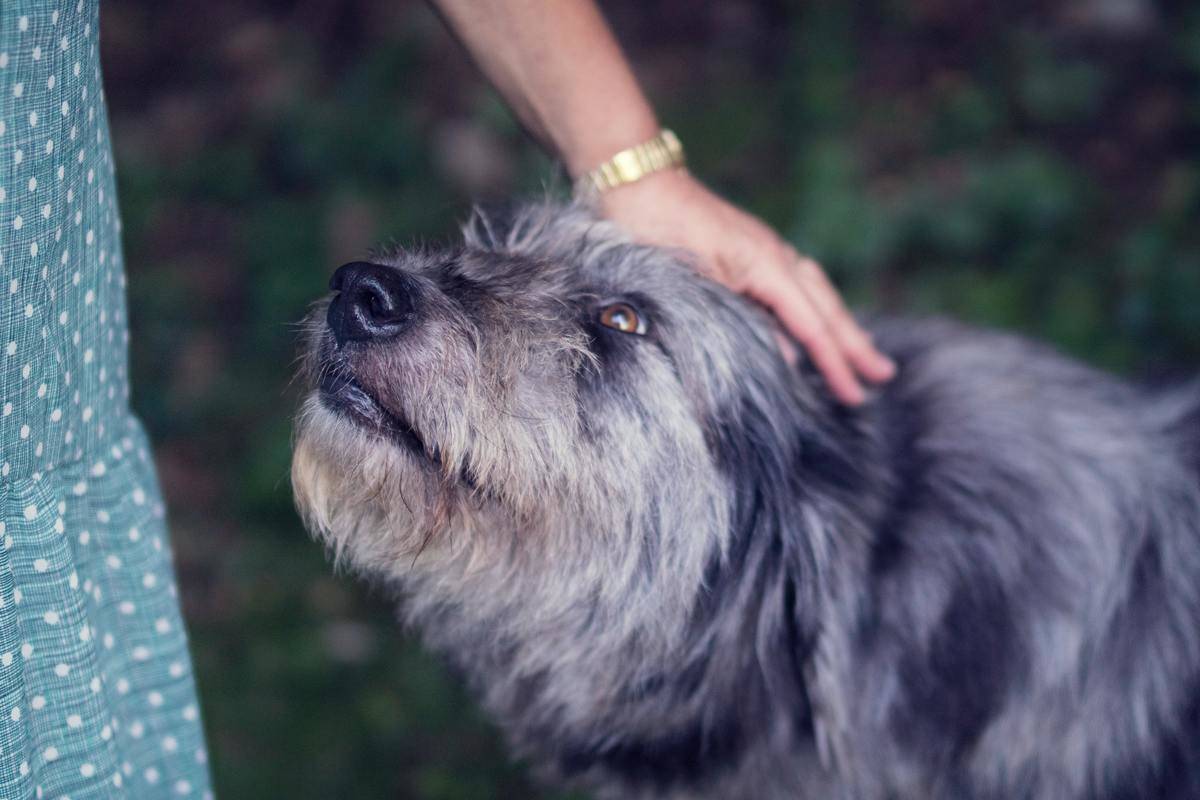
When our pets show signs of stress, we may want to comfort them like we would a human. However, veterinarian Heather Venkat explained to Insider, “You’re actually encouraging fearful behavior through sweet talk and petting.”
Instead, try doing some commands for treats. The routine of “sit,” “down,” “stand,” etc., can be distracting and comforting to dogs. It’s also a good idea to take them away from the stressor by going into a different room or for a walk.
Hugging Your Dog
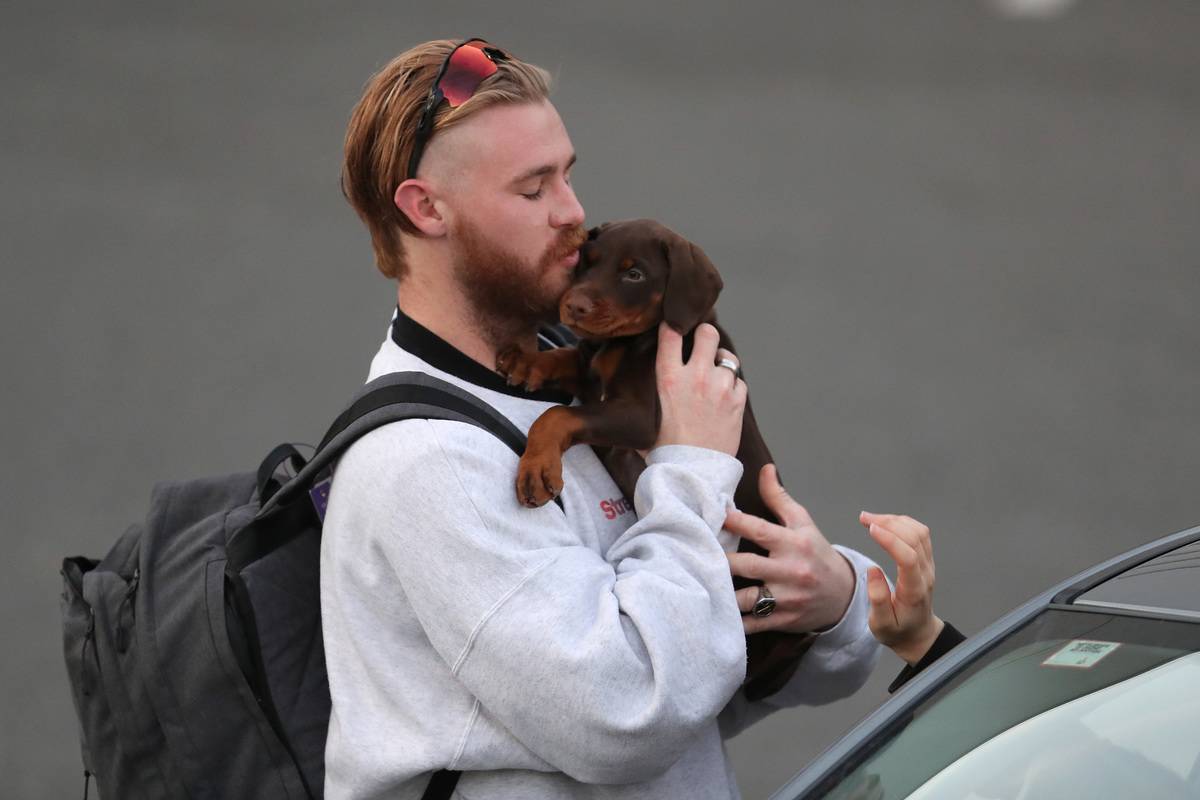
Hugging is a foreign concept to dogs because they don’t have arms to practice it themselves. As a result, the act can throw your furry friend for a loop. They may feel overly confined and therefore uncomfortable with hugs.
Canines like or dislike hugs to varying degrees depending on their personality. The key is to read the dog’s body language. If they respond happily, then hugs are good! If they don’t, then stick to petting.
Wagging A Finger Outside Of Discipline
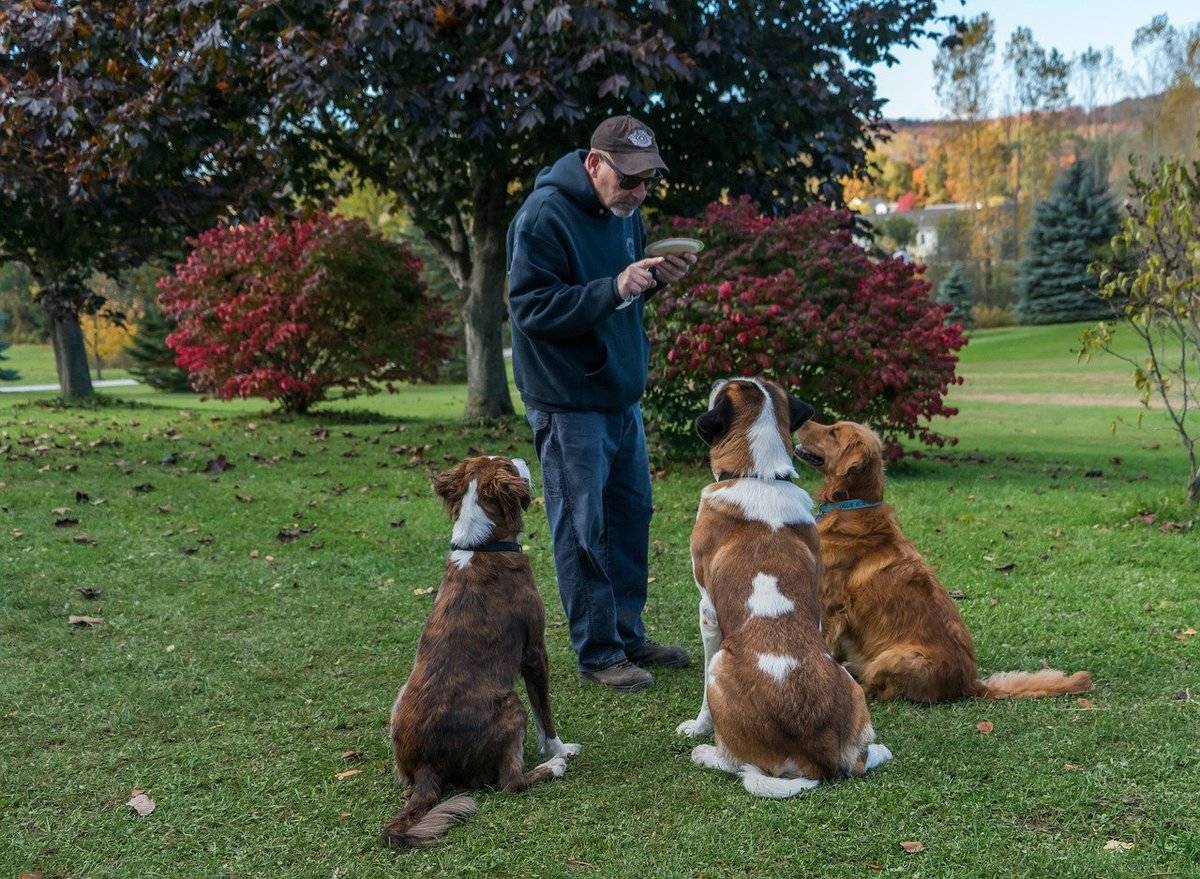
Healthy Pets explains that dogs commonly interpret a wagging finger as a sign of stress. If your dog has misbehaved, wagging your finger at them clearly signals your displeasure.
However, during training, if your dog is performing well, a wagging finger can cause confusion. Avoid casually wagging your finger during playtime too. Instead, use an open hand to guide and direct your dog more effectively.
Giving Uneven Attention To Pets
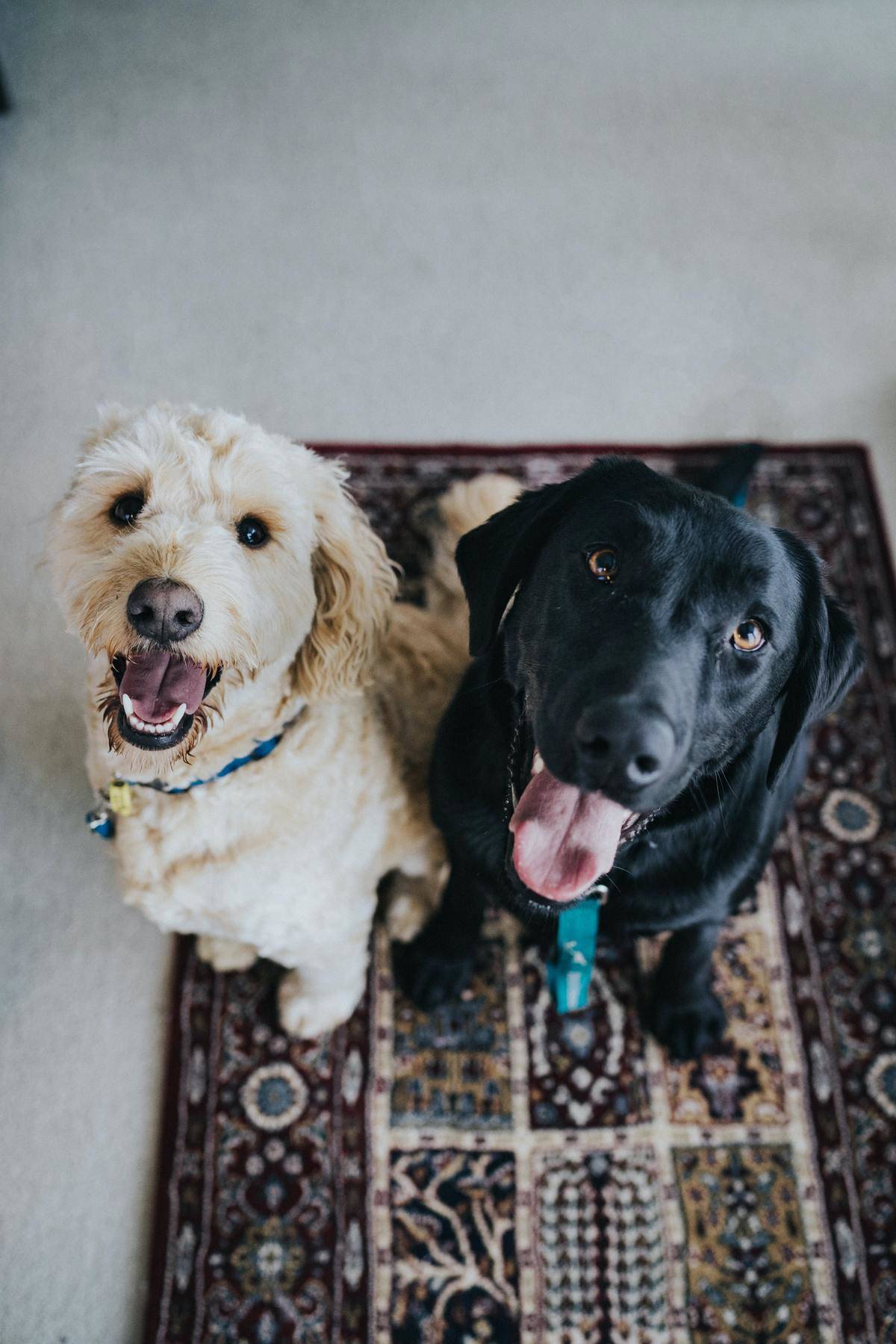
Canines are big attention hogs, especially when it comes to one another. Like siblings, they want to feel just as appreciated as the others in the household. That’s why it’s important to give even focus to all of your dogs.
If you give extra affection, treats, and quality time to one dog and not the other, they will notice. The pet receiving less attention may become depressed, so be sure to divide your focus evenly.




